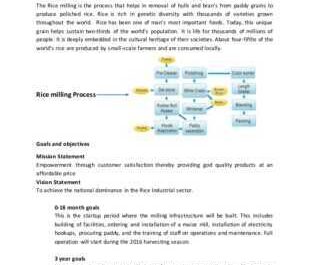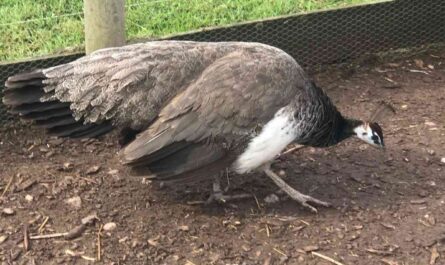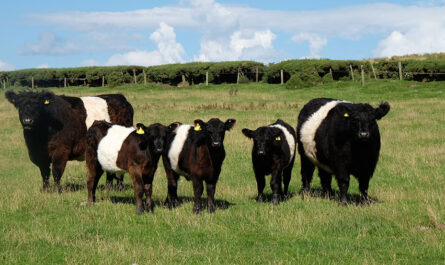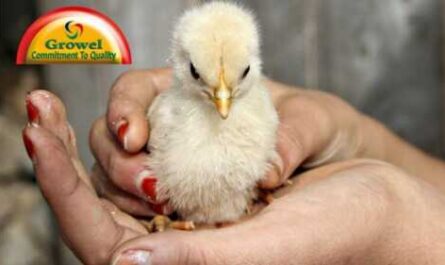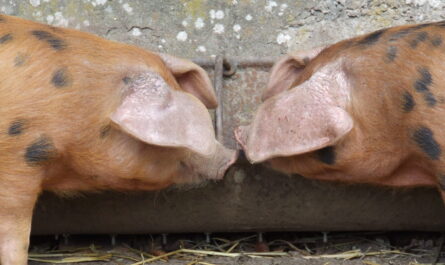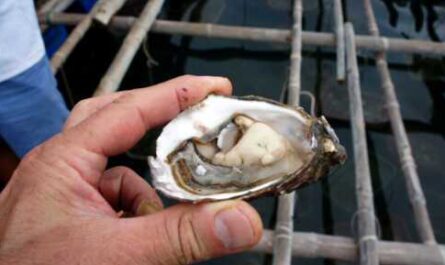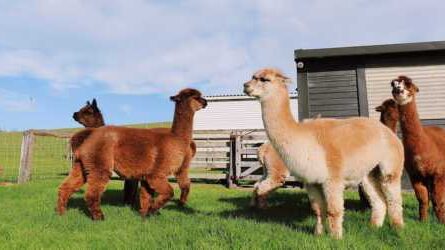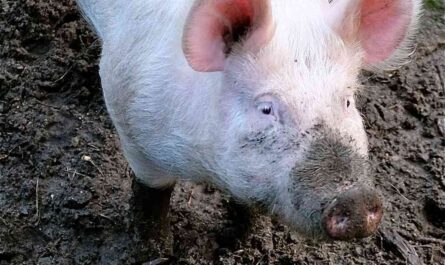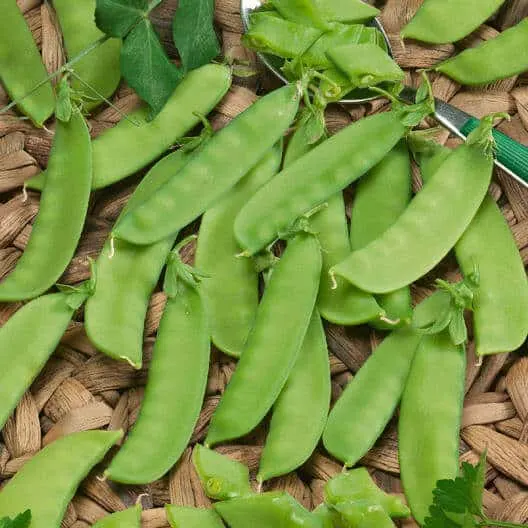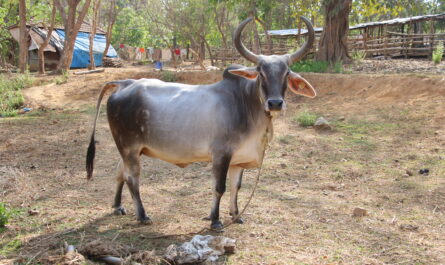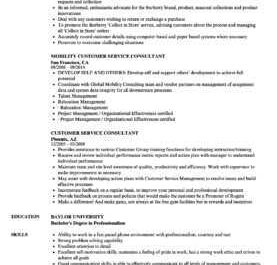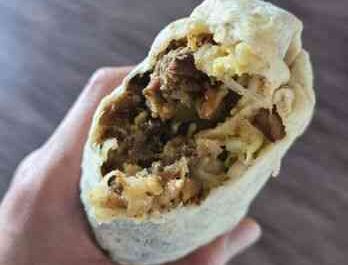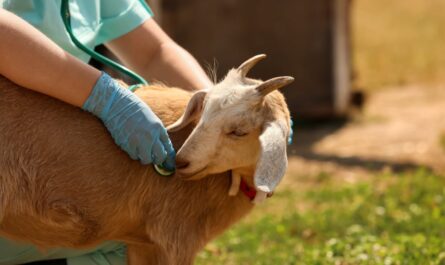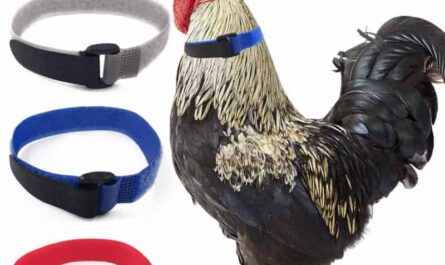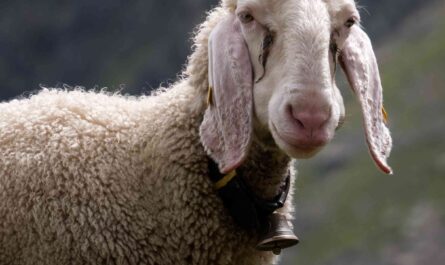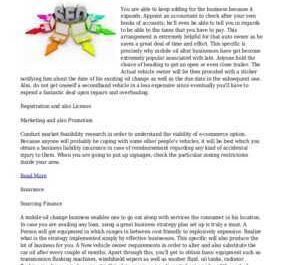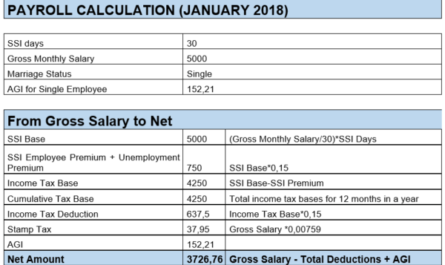The Dutch bantam chicken is a very old breed. It is also one of the true dwarf chicken breeds, without any standard size. The Dutch bantam chicken is very popular today as an ornamental breed that originated in the Netherlands in the 17th century.
The ancestors of this breed were picked up by Dutch sailors who took birds from the East Indies to provide eggs and meat on their travels. It is believed that these early predecessors were among the first domesticated chickens to be domesticated in the jungle in Indonesia. The Dutch bantam chicken was first introduced to the United States in the early 1950s.
But its popularity did not increase until the second importation in 1969. The breed is recognized by the American Poultry Association and the American Bantam Association. The Dutch Poultry Club recognized the breed in 1906. And the Dutch bantam chicken was accepted into the American Poultry Association’s Standard of Excellence in 1992.
Today, this breed is still one of the most popular chicken breeds in its home country of the Netherlands. The breed is also popular in the UK and Germany and is rapidly gaining popularity in the US and South Africa.
The Dutch bantam chicken has also become popular around the world as a show bird. The breed is also known as the Hollandse Kriel. The characteristics, behavior, temperament and complete profile of the Dutch Bantam Chicken breed are listed below.
Characteristics of Dutch bantam chicken
These chickens are one of the smallest breeds of dwarf chickens. They have a high, full chest, a short back, and are small, upright birds. Their wings are close to the body. The wings are quite large and long. They are good pilots, mainly due to their relatively large wings and light weight.
Their tail is full and widely spaced, with well-developed sickles. They have a single bright red comb with five well-defined vertical points. The earlobes are small, oval, white.
Their earrings are large, medium in size and red in color. This breed of chickens has featherless feet with four toes. The legs are slate blue (some varieties have other colors). Their skin color is white. Their beak is short, strong and slightly curved. The partridge pattern is an original type of plumage for the Dutch bantam chicken.
But today there are many colorful varieties with different types of plumage available. Color varieties include; Black, silver partridge (silver duck wing), white shouldered partridge (serrated), golden partridge (black-red) and yellow partridge (yellow duck wing). On average, roosters of the Dutch Bantam breed weigh about 0.55 kg, and chickens – about 0.45 kg. Photo from Wikipedia.
Behaviour/Temperament
The Dutch bantam chicken is friendly in nature and very easy to handle. It is not a cold-hardy breed, so special care should be taken in winter. Hens are good laying hens with smaller white eggs.
They are very good passers, good broods and good protective mothers. Because they have large wings and are light, they fly well. Hens are very active. They do very well in captivity.
It is an excellent choice for hobby breeders and backyard poultry keepers looking to breed dwarf sized birds. Because he is very friendly and fits in well. See this chicken breed’s full profile below.
| Breed name | dutch bantam |
| another name | Also known as the Dutch Bantam |
| Purpose of the breed | ornamental |
| Broad temperament | User friendly, easy to handle, shutter tolerant, fickle |
| Breed size | Rooster |
| sullen instinct | frequent |
| comb | A |
| climatic tolerance | All climates (not a cold hardy breed) |
| egg color | White |
| Egg size | Little |
| Egg performance | medium |
| feathered feet | Not |
| scarcity | general |
| Varieties | Black, light brown cream blue, light brown blue, light brown cream, light brown and silver are the six color varieties of Dutch bantam chicken recognized by the American Poultry Farmers Association. |
| Native country | Netherlands |
